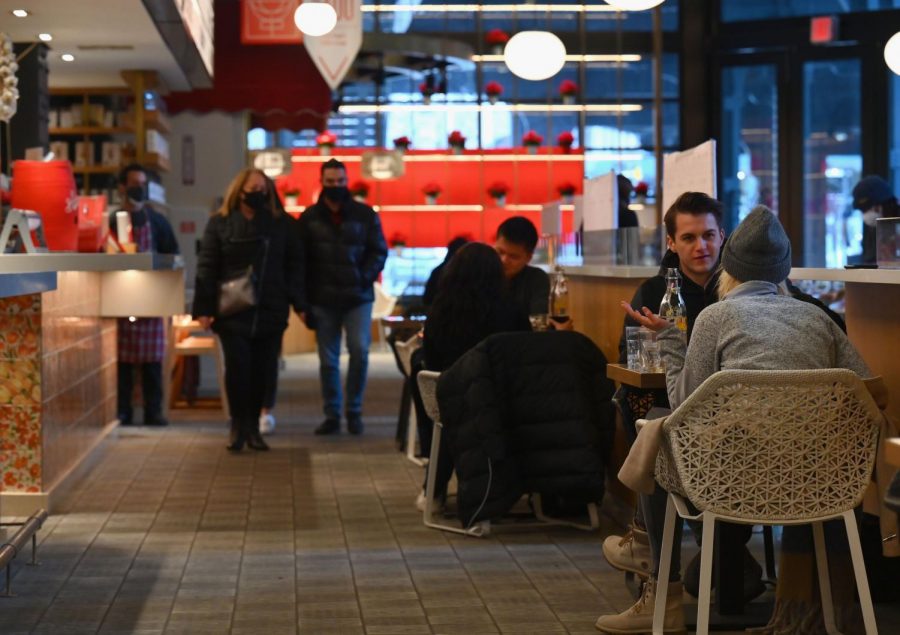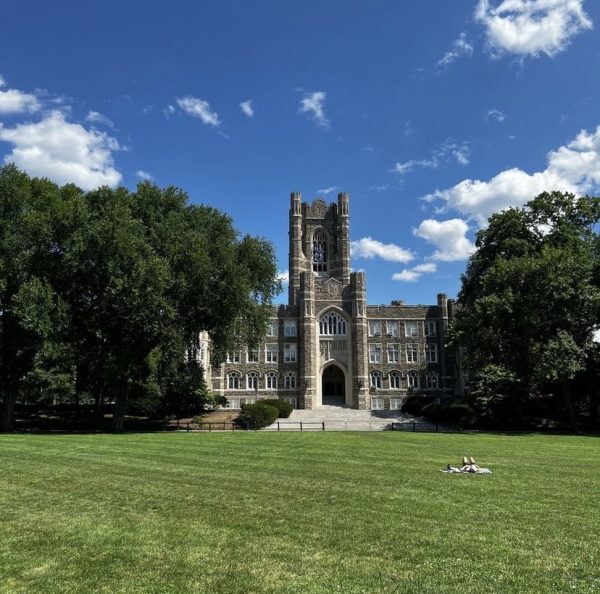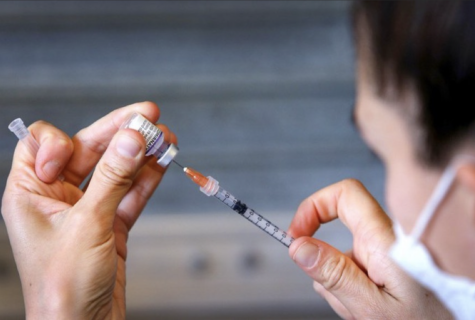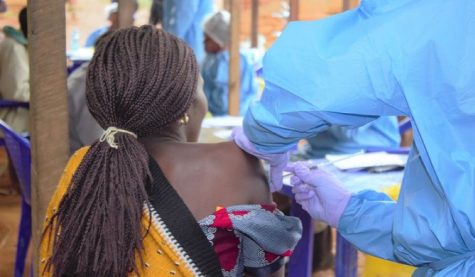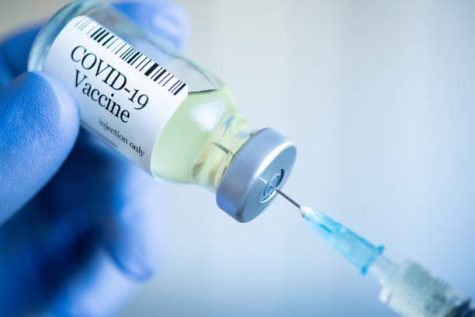Cuomo Re-Opens Indoor Dining
New York City has suffered greatly due to the COVID-19 pandemic. But recently, vaccine distribution has rapidly increased, the death rate has slightly slowed and cases are declining since spikes in January. This has left many wondering why Governor Andrew Cuomo has decided to reopen New York City restaurants for indoor dining at 25% capacity. By doing so in one of the cities hit the worst by the virus, Gov. Cuomo risks undoing any slight control of the virus seen now. Therefore, restaurants should remain shut down for the greater good.
On Dec. 11, 2020, Gov. Cuomo announced that New York City would shut down indoor dining, as cases of the virus increased significantly. During that period, hospitalizations were rising dramatically, and the seven-day average of new cases per 100,000 people was 40.2.
Hospitalizations, deaths and overall cases were increasing significantly in December. Restaurant revenue was — and still is — rapidly declining. The pandemic has hit the restaurant industry horribly as hundreds of restaurants throughout New York City have shut down or are in need of financial help.
Many restaurants have adapted to outdoor dining, takeout and selling products for revenue. In late June of 2020, N.Y.C formed a plan for outdoor dining, in which restaurants could use sidewalks, parking spaces and backyards for their occupants to dine in. Restaurants were able to get creative with outdoor seating throughout summer and into the fall. Heading into winter though, many people do not want to dine outdoors.
Although many restaurants have withstood almost a year of the pandemic, those remaining are barely surviving. Bloomberg took a look at a few restaurants in NYC. The Dutch, a restaurant in Soho, stated that their sales in September 2019, pre-pandemic, were $500,000. In the same month in 2020, during the pandemic, their revenue was just $175,000. These losses are detrimental to locally-owned restaurants — rent is still high, employees need to be paid and extra money needs to be contributed to cleaning and sanitizing.
While indoor dining is a vital part of a restaurant’s income, the health risks could be deadly. After many complaints from angered restaurant owners, New York state’s budget director, Robert Mujica, released a statement on the impacts of indoor dining. At Gov. Cuomo’s press conference in early December, Mujicia said, “It is the largest growing cluster … As it gets colder and you move into indoor dining, those numbers are growing faster than every other category.” Mujica did not outline what the other categories entail, nor did he establish a set plan on how to continue helping restaurants during this time.
With the announcement that indoor dining could reopen on Valentine’s Day weekend , N.Y.C residents were confused about the timing of this decision. Gov. Cuomo made this decision in light of struggling restaurants and businesses in general. However, when Cuomo and Mujica gave statements about the deadly impacts of indoor dining in December, the averages of coronavirus cases, hospitalizations and positive test rates were substantially lower than the averages in Feb. 2021, when Cuomo announced re-opening.
The new and highly contagious B.1.1.7 “UK variant” of the coronavirus has reached New York state and has also been detected in two individuals in New York City. Many other variants are now being detected across the United States. These variants pose a serious public health crisis, as they are exceedingly transmissible.
Without help from the government, these restaurants are going to fail. However, if the government allows more capacity in restaurants, it risks the lives of everyone in them, especially waiters and waitresses. Waiters and waitresses have to come into close contact with unmasked patrons sitting in the restaurant. While there are safety protocols in place, such as temperatures being taken upon arrival and hand sanitizer provided at the door, these protocols cannot officially determine if someone has the virus or not. According to Healthline, around 59% of COVID-19 transmission is caused by presymptomatic people as well as those who are asymptomatic.
If the data for the risks of indoor dining remain true, indoor dining should be closed until states, especially large cities, maintain a downward trend of coronavirus cases. This remains especially true now, as overall cases and hospitalizations are decreasing and vaccine distribution is increasing.
We all want to return to pre-pandemic times, but this cannot happen without a firm grasp on halting the transmission of the virus. The timing of Gov. Cuomo’s announcement to re-open indoor dining is faulty and could potentially undo the hard work that New York City and its residents have done to tackle the spread of the virus in the past 11 months.
Ally Dugan, FCRH ’23, is a communications and culture major from West Chester, Penn.



































































































































































































